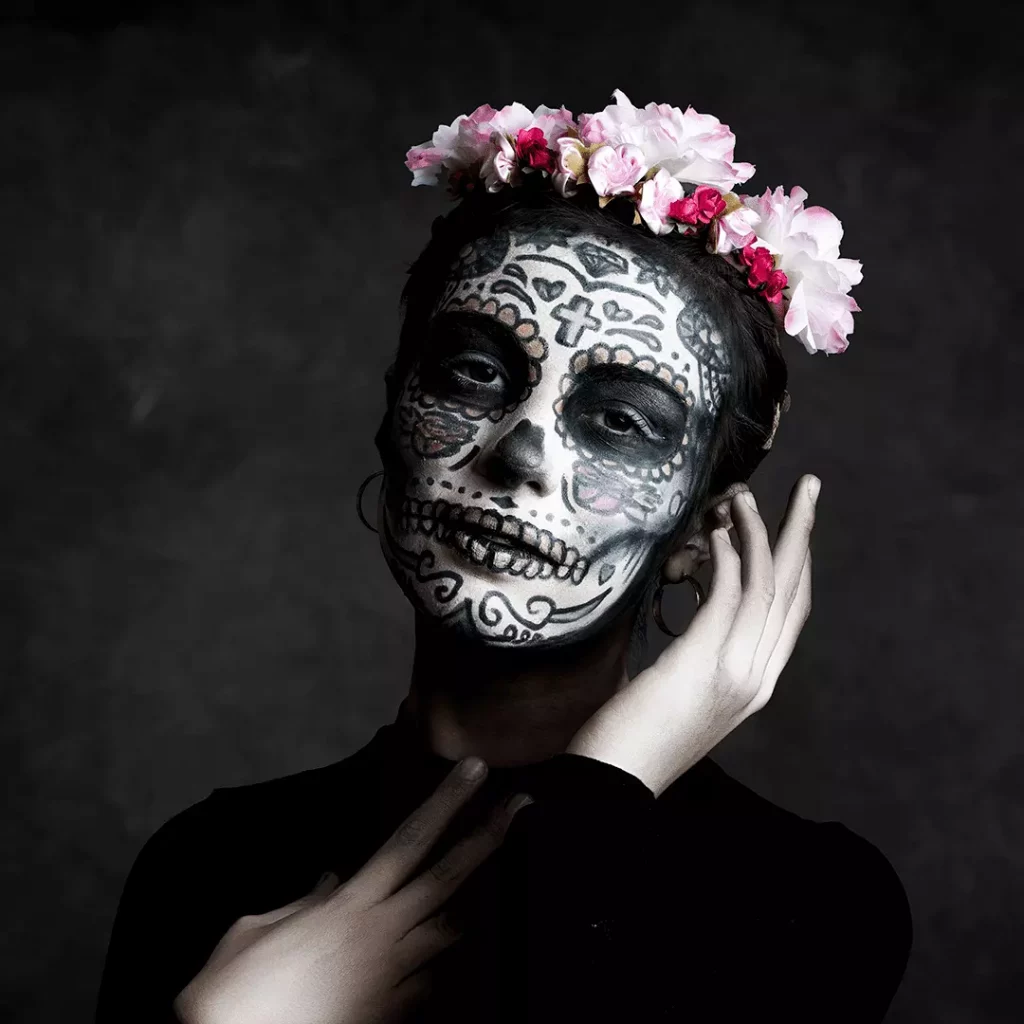The History Of Halloween
The History Of Halloween
The history of Halloween is a long and varied one, with many influences and traditions. The modern celebration of Halloween is thought to have originated in Ireland, where it was originally known as Samhain. The festival marked the end of the harvest season and the beginning of winter and was celebrated with bonfires, costumes, and parades.
In 835 AD, the Irish Church began celebrating All Saints' Day on November 1st to Christianize the pagan holiday. The evening before All Saints' Day became known as All Hallows Eve and Halloween. Over time, Halloween spread to other parts of Europe, where it was celebrated with similar traditions.
The American celebration of Halloween can be traced back to the 1800s when Irish and Scottish immigrants began bringing their traditions to the United States. The first official Halloween parade took place in New York City in 1871. The popularity of Halloween continued to grow in the early 20th century, and by the 1950s, it had become a mainstream holiday in America.
Nowadays, Halloween 2022 is celebrated by people of all ages worldwide. It is typically marked with costumes, trick-or-treating, and spooky decorations. The origins of Halloween may be rooted in paganism, but the modern celebration is enjoyed by people of all faiths.
Halloween is one of the most popular holidays in the world, and it continues to grow in popularity every year. Whether you're a child excited about trick-or-treating or a grown-up who enjoys dressing up in costumes, Halloween is a fun and festive holiday that everyone can enjoy. The origins of Halloween may be rooted in paganism, but the modern celebration has something for everyone. So put on your best costume and get ready to celebrate!
Happy Halloween!
Samhain
Halloween today really is a strange mash of traditions, but its roots are traced back to the Gaelic Samhain festival. It was originally a pagan holiday honoring the dead, dating back to 2000 years ago. This eventually became the Christian All Hallows’ Eve, All Souls’ Day, and All Saints’ Day.
The Celts believed that the veil between the worlds of the living and the dead was thinnest at this time, so the dead could return and walk the Earth. So, the spirits of the deceased could interact with the living. Very little is known of the rituals of ancient Samhain because the Church Christianized it, as with many pagan holidays. So much of the information was lost; some of it was recorded by Irish monks who recorded the history of their people.
We know that the festival included harvesting crops for winter, having huge bonfires, and slaughtering cattle.
There were gatherings for feasting and drinking, keeping in mind that the spirits of the dead could show at any minute to join the party. Many historians even believe that human sacrifice was a part of this festival, although that has never officially been proven. Samhain signifies the ‘summer's end while also marking the end of the Celtic year and the beginning of a new one.
During Samhain, the souls of the dead roamed the streets at night. Since not all spirits were considered friendly, gifts and food were left out to appease them. This custom eventually evolved into trick-or-treating. Another major part of the festival was getting very drunk (much like Halloween today). This was mainly because refrigeration didn’t exist, so excess crops and alcohol had to be consumed before it went wrong.
Strange Halloween Celebrations
The stereotypical image of the witch comes from the pagan goddess known as “the crone” or the “Earth mother,” who symbolized wisdom and the turning of the seasons. She was honored and revered during Samhain. It wasn’t until Christianity changed the holiday that witches became known as old haggard ladies who cursed anyone that crossed them.
Ever wonder where the Jack-O-Lantern came from? Well, they used to be carved out primarily of turnips. People began carving scary faces on different root vegetables that held burning coals to protect against dark spirits. Eventually, this evolved into carving pumpkins since they were easier to work with.
Another ancient myth was that dressing up as a ghoul would fool the evil spirits so they would not try to take your soul. It was believed that visiting ghosts could disguise themselves in human form and knock on your door during Samhain looking for a handout. If you turn them away empty-handed, you risk being haunted. So, it was customary to disguise yourself and have treats ready in case unexpected visitors appeared. Costumes and Trick-or-Treating eventually evolved from this tradition and became popular in the 1950s.
It wasn’t until the Victorian era that the idea of dressing up took off. This had a lot to do with the popularity of the Robert Burns poem “Halloween.” Usually, the best costumes were the ones that were creepy and dark.
Once Upon a Time, the Cauldron Symbolized the Cosmos.
Everything from life, death, energy and the spirit came from the cauldron and returned there at end. A sort of spiritual realm, if you will. According to ancient Irish legend, the cauldron was the domain of the Dagda and was the source of all life. But again, Christianity came along, and the cauldron became a symbol of witchcraft and of brewing potions.
For a while, Halloween was a holiday for finding love and suitors. One early 20th-century Halloween practice was gazing into a mirror at midnight. Supposedly, the face of your future spouse would appear by candlelight. Bobbing for apples was used as a matchmaking game, where each apple was named for certain people at the party. Also, if a young woman peeled an apple and threw the peel behind her back, the peel was said to shape into the first letter of her future husband’s name.
Traditions Around the World
Día de Los Muertos Mexico
From November 1 to November 2, Mexico and parts of Latin America celebrate Día de Los Muertos (Day of the Dead) to honor those who have passed away. It is believed that the Gates of Heaven open up at midnight on October 31 and the souls of children return to Earth to be reunited with their families for 24 hours. Children are encouraged to build ‘ofrendas’ (altars) to attract spirits.
These altars are placed near headstones with flowers, food, photos, and trinkets. Special foods are cooked to celebrate the occasion, including ‘pan de muerto’ (bread of the dead) and sugar skulls. Typically, there are celebrations and parades around the cities where people dress as the dead.
Kawasaki Halloween Parade- Japan
At the end of every October for the past 21 years, nearly 4000 people in Halloween costumes come from all around the world gather in Kawasaki, just outside Tokyo. This is for the annual Kawasaki Halloween Parade, which is the biggest Halloween parade in Japan. However, not everyone can simply join in the festivities. The Kawasaki Halloween Parade has strict guidelines and standards for participating, so you have to apply early and pay a fee, but watching is still free.
Seelenwoche — Austria
Austria is a country with a deep religious heritage. The majority of the country uses the week of October 30th to celebrate Seelenwoche (All Soul’s Week). During the week, families leave out glasses of water and a loaf of bread every night when they go to bed. This is thought to help encourage the spirits to return to Earth to join the festivities.
Ayuru Odo Festival — Nigeria
The Ayuru Odo Festival marks the return of the deceased. Lasting up to six months, the holiday is celebrated with feasts, music, and masks. Before the dead return to the spirit world. Although the Odo Festival is an important ritual, it only happens once every two years, when it is believed the spirits will return to Earth.
Ognissanti — Italy
In the various regions of Italy, there exist a number of unique traditions for the celebration of Ognissanti (All Saints' Day). They are all celebrated on November 1st. Families buy flowers and decorate tombstones, so they’re freshly cleaned and beautifully decorated for the upcoming holiday. Most families go to church for the celebration of Ognissanti on November 1st. However, on November 2nd, a day called ‘i Morti’ is celebrated, to praise the dead. Many families visit gravesites, and it’s thought that while they’re there, the spirits of their deceased go back to their empty houses to visit. When the families return from the graveyard, they ring the doorbells so that the spirits can leave undisturbed.
Pangangaluluwa — Philippines
Although many young people today would much rather go to parties, there used to be a popular tradition called pangangaluluwa. This involved young children dressing in long white drapery and going door to door on the eve of All Saint’s Day. Instead of asking for candy or treats, young people would sing traditional songs in exchange for money. Today, a mix of both traditional and modern costumes make the celebrations. Families visit the graves of loved ones, decorating them with candles, flowers, and photos.
Pchum Ben- Cambodia
From the end of September to the middle of October, Buddhist families gather together to celebrate Pchum Ben. A religious holiday to celebrate the dead. People give foods like sweet sticky rice and beans wrapped in banana leaves. They visit temples to offer up baskets of flowers as a way to pay respect to their ancestors.
How to Get Better Skin for Halloween








